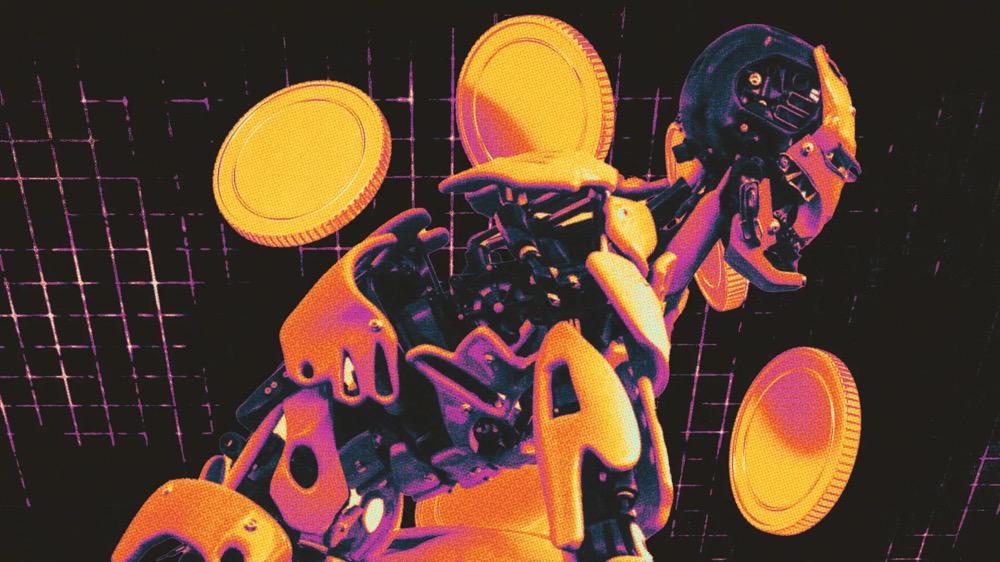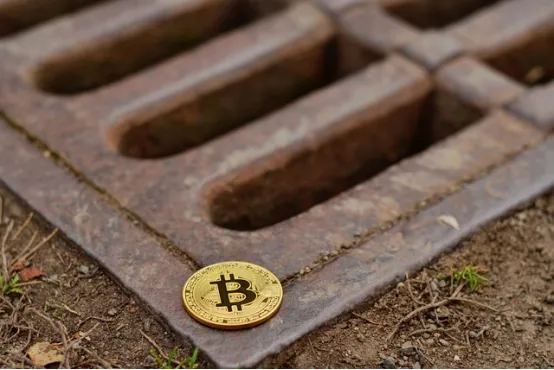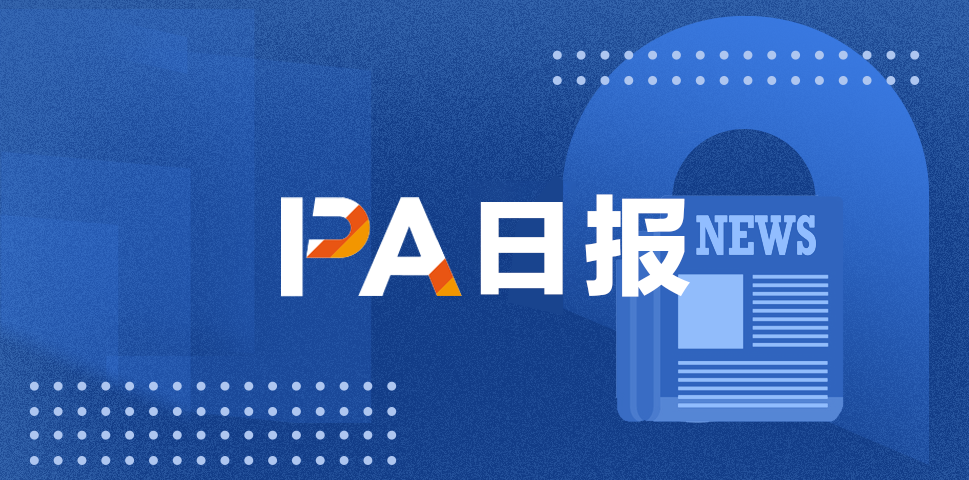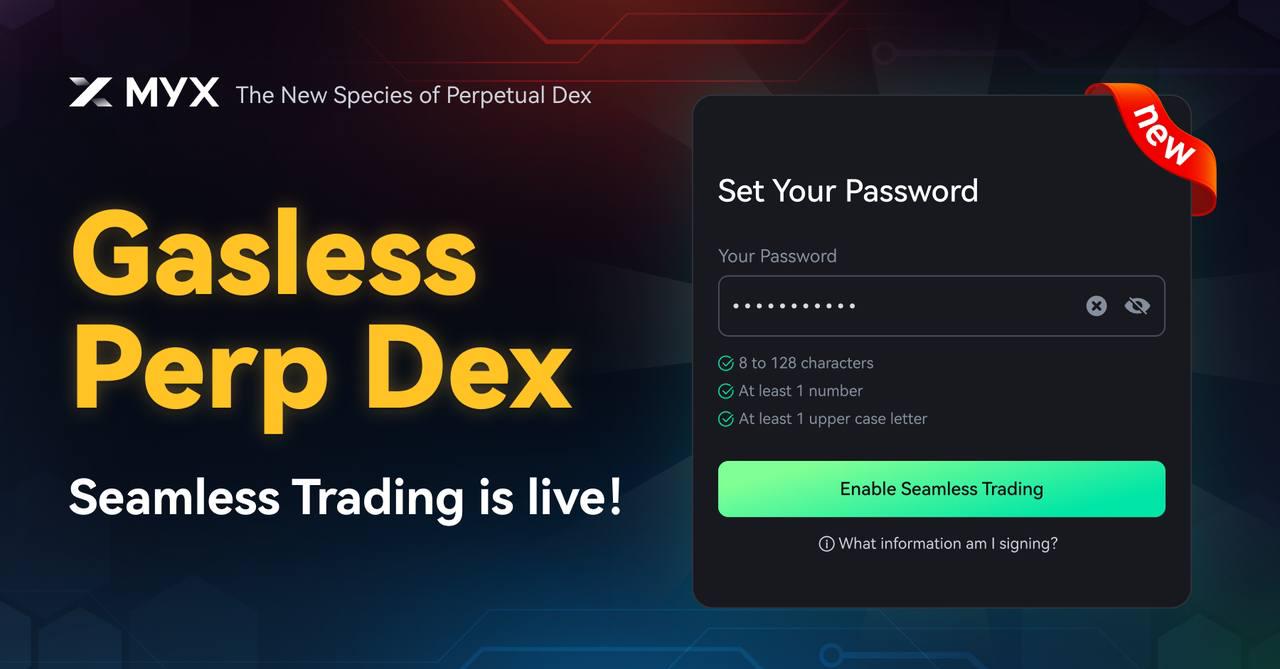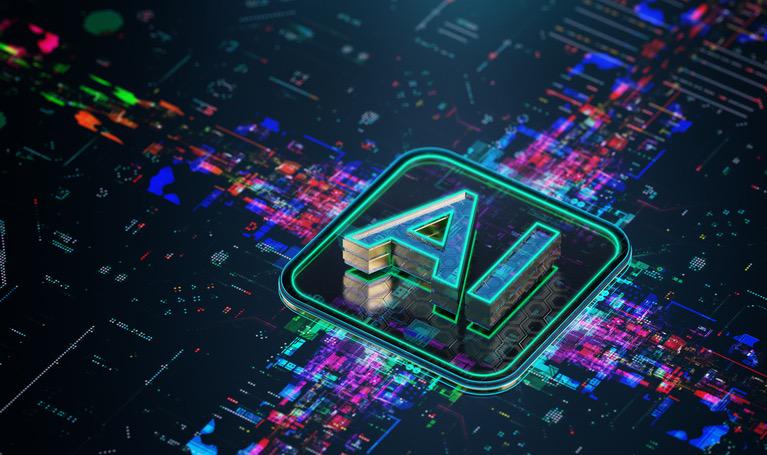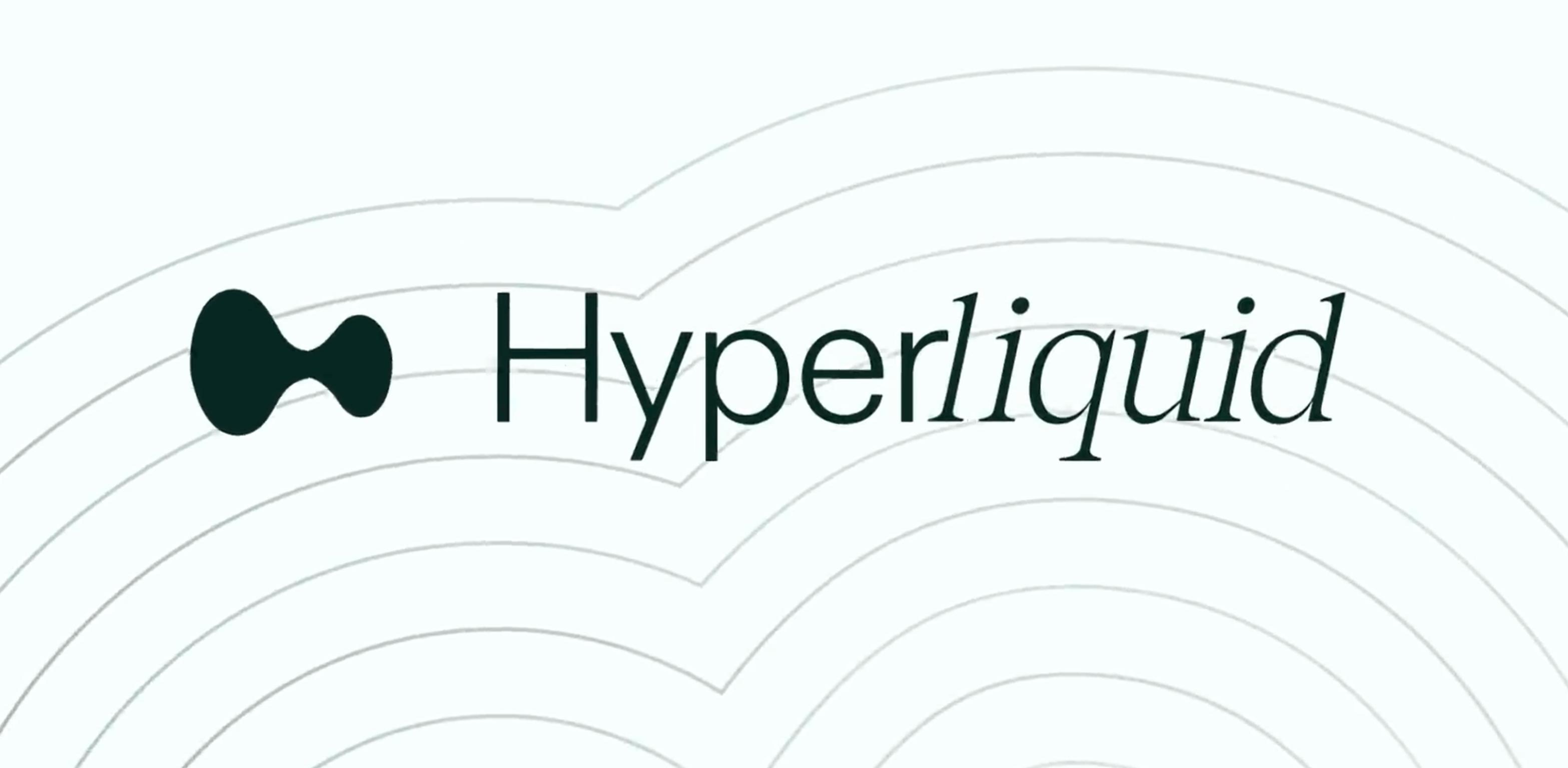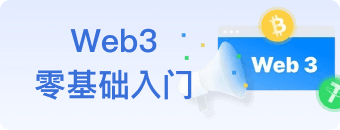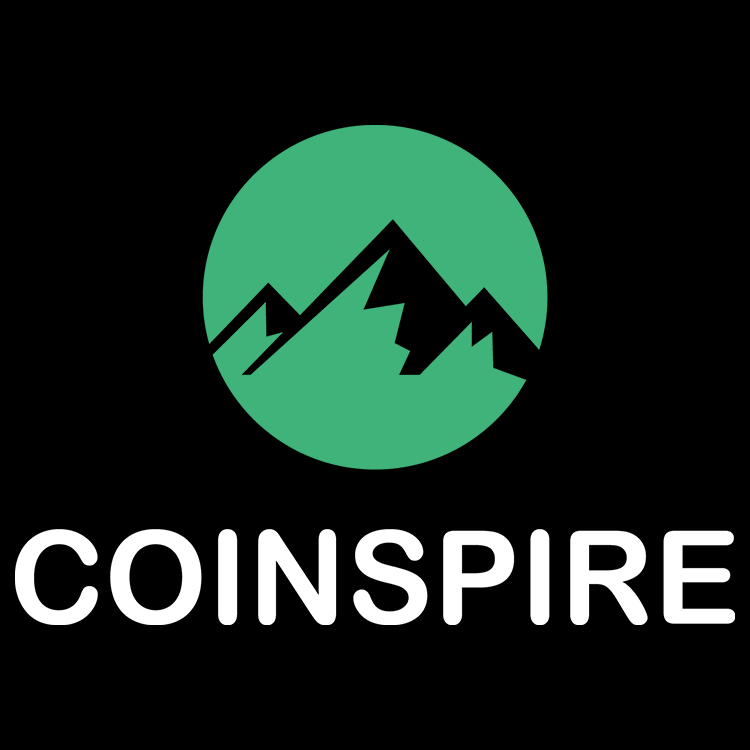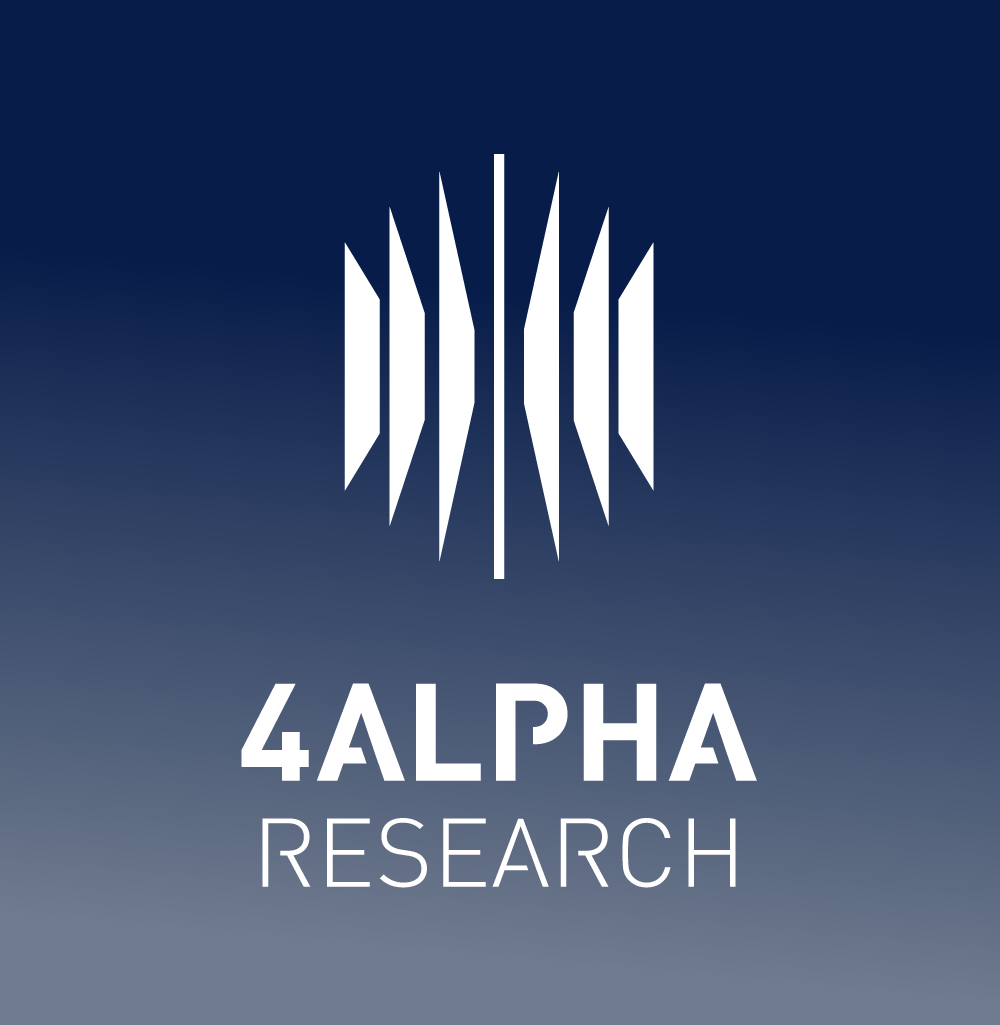-
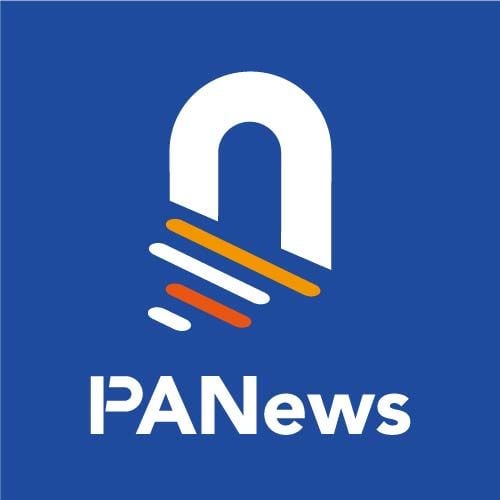 PA一线 · 8 小时前
渣打银行获卢森堡牌照,提供数字资产托管服务
PA一线 · 8 小时前
渣打银行获卢森堡牌照,提供数字资产托管服务渣打银行宣布其新设立的卢森堡实体将作为进入欧盟市场的监管入口,为欧盟客户提供加密货币和数字资产托管服务。此前,渣打已在阿联酋推出数字资产托管服务。
-
 PA一线 · 9 小时前
BIO Protocol扩展至Solana链,由Wormhole提供桥接服务
PA一线 · 9 小时前
BIO Protocol扩展至Solana链,由Wormhole提供桥接服务用户可通过官方提供的桥接服务(bridge.bio.xyz)在以太坊主网与Solana之间转移BIO代币。
-
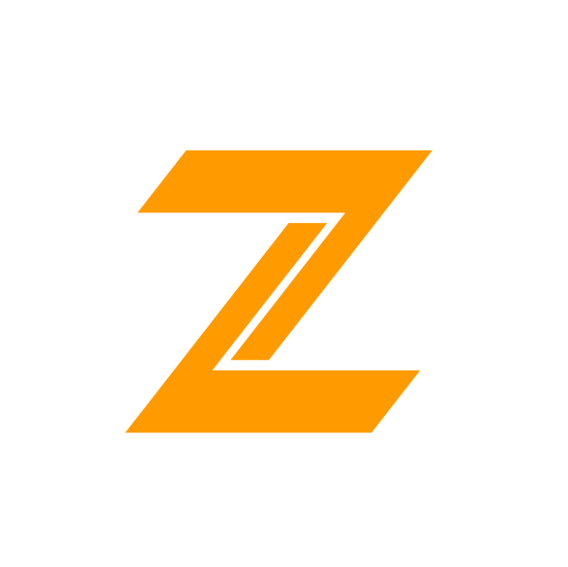 陀螺财经 · 9 小时前
6.9万枚待出售、避险情绪激增,比特币或跌到7万美元?
陀螺财经 · 9 小时前
6.9万枚待出售、避险情绪激增,比特币或跌到7万美元?2025的钟声敲响,市场却似乎进入了垃圾时间。
-
 PA一线 · 10 小时前
Grok iOS版已上线App Store
PA一线 · 10 小时前
Grok iOS版已上线App Store马斯克旗下的xAI公司开发的人工智能模型官方APP Grok iOS版目前已至少在美国和菲律宾上线App Store。
 区块律动BlockBeats · 10 小时前
AI Agent市场动态:DeFAI、游戏代理与投资DAO
区块律动BlockBeats · 10 小时前
AI Agent市场动态:DeFAI、游戏代理与投资DAOAI Agent 市场持续发展,DeFAI、游戏代理和投资 DAO 成为新兴热点。
-
 PA一线 · 11 小时前
周小川:全球公共债务即将突破100万亿美元,加密资产对全球金融的影响需要警惕
PA一线 · 11 小时前
周小川:全球公共债务即将突破100万亿美元,加密资产对全球金融的影响需要警惕在“博鳌亚洲论坛新年展望2025”活动上,中国人民银行原行长周小川指出,数字化加密资产对全球金融稳定和金融安全的影响需要警惕。IMF预计2024年年底全球公共债务的规模将超过100万亿美元(全球国内生产总值的93%)。
-
 HashKey Capital · 11 小时前
以太坊路线图、DevCon 和 Pectra 升级中的机遇
HashKey Capital · 11 小时前
以太坊路线图、DevCon 和 Pectra 升级中的机遇我们能从以太坊的路线图、近期的 DevCon 以及明年年初即将到来的 Pectra 升级等技术讨论中捕捉到哪些有价值的信息?
-
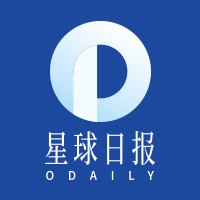 Odaily星球日报 · 12 小时前
1 SOL白单份额成交价超8000美元,AC今晚开盘能“无脑冲”吗?
Odaily星球日报 · 12 小时前
1 SOL白单份额成交价超8000美元,AC今晚开盘能“无脑冲”吗?Mocaverse官推与Shaw均提及,AC将是daos.fun下一个爆火项目?
-
 PA一线 · 13 小时前
富达的现货比特币和以太坊ETF均创下单日最大净流出量
PA一线 · 13 小时前
富达的现货比特币和以太坊ETF均创下单日最大净流出量Fidelity(富达)的现货比特币和以太坊ETF在周三创下单日最大净流出量。现货比特币ETF总净流出达5.82亿美元,其中Fidelity的FBTC录得2.59亿美元净流出。同时,以太坊现货ETF净流出总额为1.59亿美元,Fidelity的FETH占其中的1.48亿美元。
-
 PA日报 · 13 小时前
PA日报 | 65亿美元丝绸之路比特币被批准出售;萨尔瓦多总统与Arthur Hayes已准备好低价买入
PA日报 · 13 小时前
PA日报 | 65亿美元丝绸之路比特币被批准出售;萨尔瓦多总统与Arthur Hayes已准备好低价买入美国司法部批准出售被扣押的价值65亿美元的丝绸之路比特币;Kava计划成为DeAI区块链,1月将公布AI发展路线图;Analog宣布将进行ANLOG代币1:100拆分。
- 加密流通市值(7d)$3,662,437,227,227Market Cap恐惧贪婪指数(近30天)
 Gary Yang · 13 小时前
流动性质押赛道新格局:LSD引爆需求,LYD解决收益
Gary Yang · 13 小时前
流动性质押赛道新格局:LSD引爆需求,LYD解决收益LSD定义叙事引爆市场,LYD强调Yield弱化Staking对Liquid带来的负面影响。
-
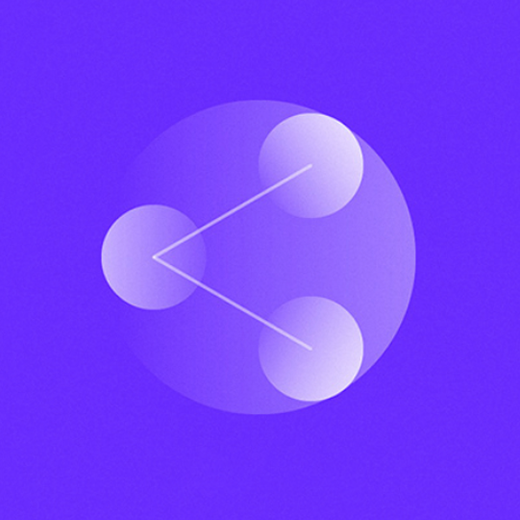 项目动态 · 13 小时前
TGE在即,MYX Finance上线杀手级功能“无感交易”
项目动态 · 13 小时前
TGE在即,MYX Finance上线杀手级功能“无感交易”作为MYX Finance首发、首创且独家的功能,“无感交易”无疑是团队在TGE前做的一次重量级加码。
-
 Nancy · 14 小时前
一览13个热门DeFAI项目:GRIFFAIN和Hey Anon市值过亿,平均上涨超440%
Nancy · 14 小时前
一览13个热门DeFAI项目:GRIFFAIN和Hey Anon市值过亿,平均上涨超440%本文PANews整理了13个热门的DeFAI类发币项目,其中仅有GRIFFAIN和Hey Anon市值过亿,其余大多处于千万美元级别,龙头项目的稀缺或意味着DeFAI赛道的参与度仍相对有限。不过,DeFAI项目的整体表现仍值得关注,13个项目在过去一周平均上涨了445.6%,其中Hive、HotKeySwap、Bankr和Hey Anon涨幅远超均值,展示了资本的关注热度。
-
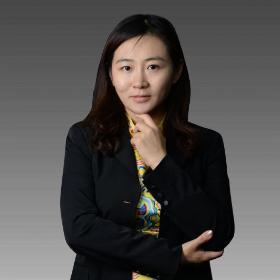 肖飒lawyer · 14 小时前
在我国可以用BTC或U来收购股权吗?一文详解交易风险
肖飒lawyer · 14 小时前
在我国可以用BTC或U来收购股权吗?一文详解交易风险今天飒姐团队就根据在实务中处理涉币案件的经验,简要的对使用加密资产作为股权交易对价的潜在法律风险进行分析,方便伙伴们作出正确的且适合自己的判断。
-
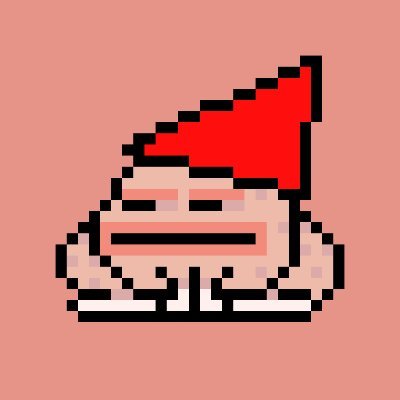 0xTodd · 14 小时前
AI Agent赛道畅想:仿生人会梦见电子羊么?
0xTodd · 14 小时前
AI Agent赛道畅想:仿生人会梦见电子羊么?不知道 AI 会不会梦到电子羊,但是我知道人类可能正在担心电子羊。
-
 Odaily星球日报 · 15 小时前
你方唱罢我登场,新老AI概念币大对比
Odaily星球日报 · 15 小时前
你方唱罢我登场,新老AI概念币大对比本文将对新老 AI 概念代币进行对比分析,借此一窥市场风向。
-
 Frank · 15 小时前
“人红是非多”Hyperliquid再引争议,公链生态发展成未来难题
Frank · 15 小时前
“人红是非多”Hyperliquid再引争议,公链生态发展成未来难题Hyperliquid作为一条Layer1,在去中心化治理和引入更多开发者方面表现差强人意。尤其是在节点的参与方面,似乎处处充满封闭色彩,这也再次印证了许多质疑者对于Hyperliquid单机链的印象。
-
 PA一线 · 16 小时前
美国以太坊现货ETF昨日总净流出1.59亿美元,ETF净资产比率达2.97%
PA一线 · 16 小时前
美国以太坊现货ETF昨日总净流出1.59亿美元,ETF净资产比率达2.97%昨日(美东时间 1 月 8 日)以太坊现货 ETF 总净流出 1.59 亿美元。截止发稿前,以太坊现货 ETF 总资产净值为 117.40 亿美元,ETF 净资产比率(市值较以太坊总市值占比)达 2.97%,历史累计净流入已达 25.21 亿美元。
-
 PA一线 · 16 小时前
美国比特币现货ETF昨日总净流出5.83亿美元,ETF净资产比率达5.74%
PA一线 · 16 小时前
美国比特币现货ETF昨日总净流出5.83亿美元,ETF净资产比率达5.74%昨日(美东时间 1 月 8 日)比特币现货 ETF 总净流出 5.83 亿美元。 截止发稿前,比特币现货 ETF 总资产净值为 1068.15 亿美元,ETF 净资产比率(市值较比特币总市值占比)达 5.74%,历史累计净流入已达 363.66 亿美元。
-
 链上观 · 16 小时前
AI Agent子赛道一览:各类标的的投资逻辑
链上观 · 16 小时前
AI Agent子赛道一览:各类标的的投资逻辑AI Agent 大爆发,投资者如何择?
更多内容 Jan . 10
Jan.10





